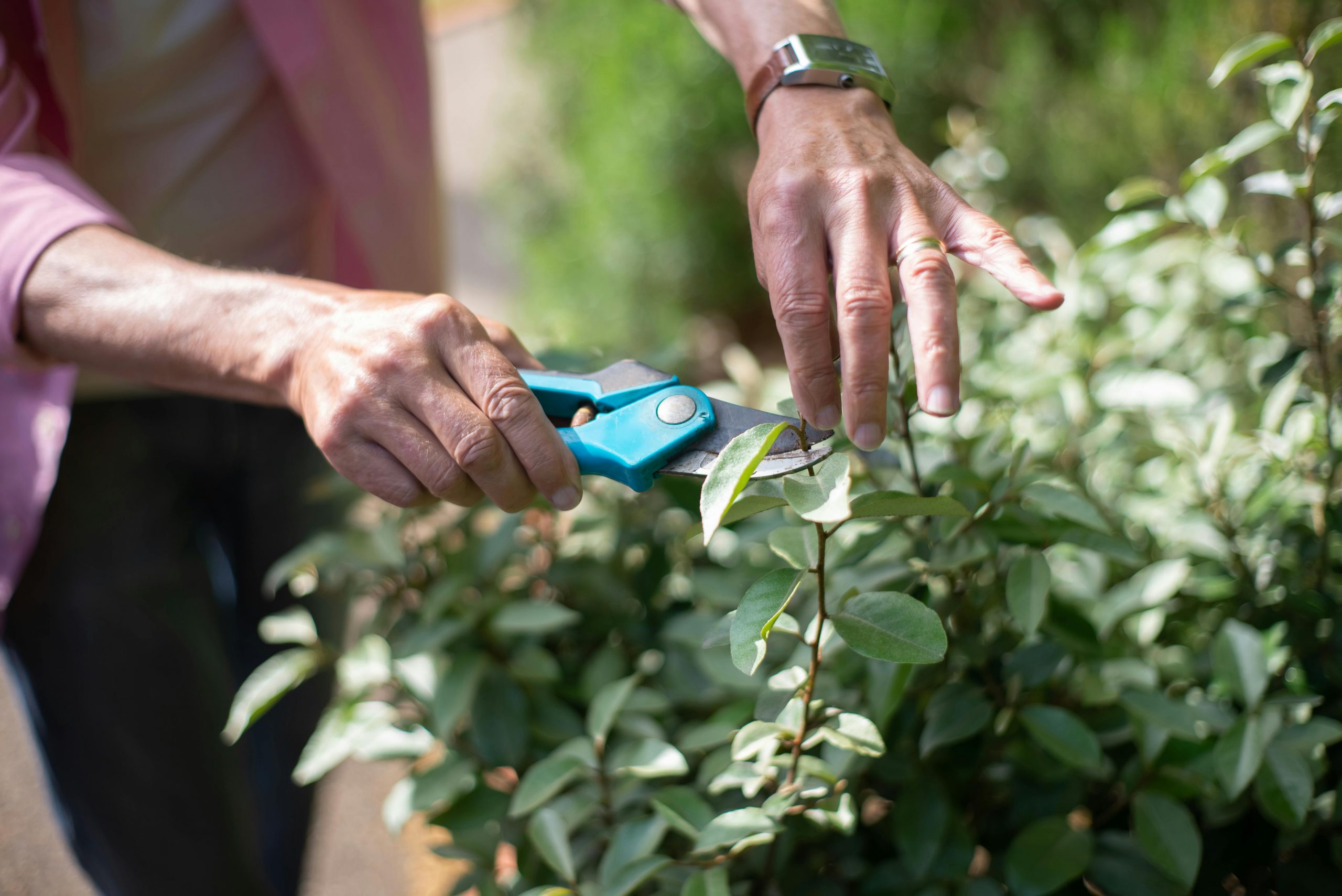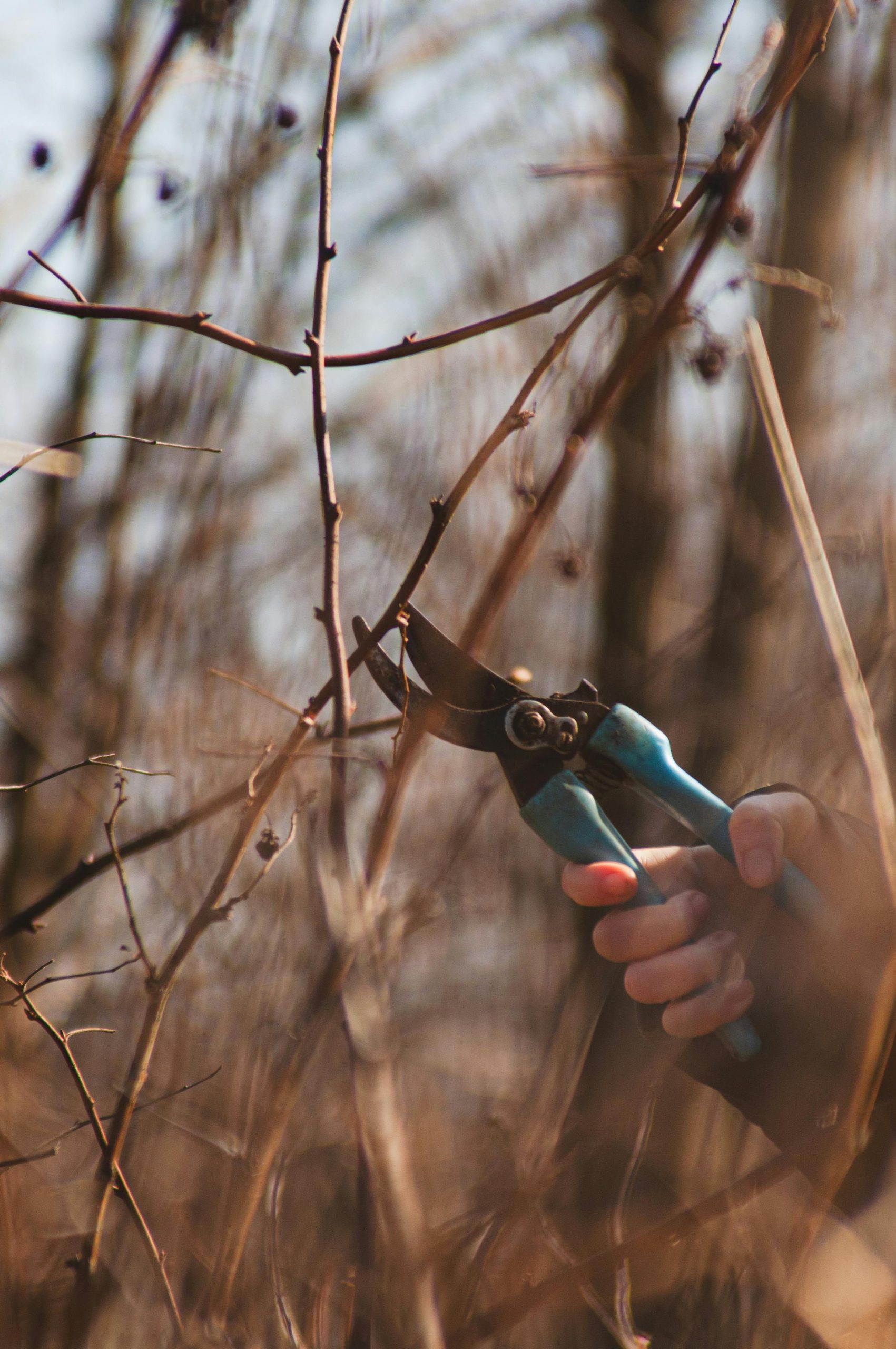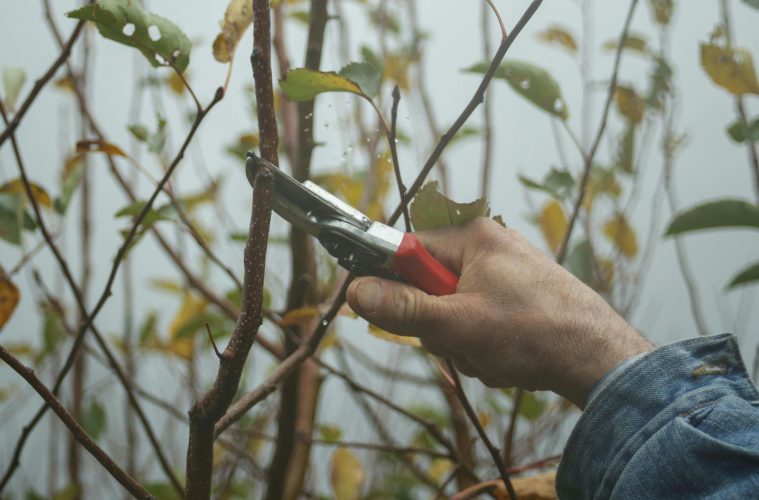Knowing how, when, and what to prune in your garden for the healthiest plants possible is key when you are growing shrubs and small trees. Many trees and shrubs, go into dormant season, meaning it is time to prune.
Pruning your shrubs and trees
A good starting point for pruning any plant is to remove dead, diseased, or damaged stems as soon as you see them. Dead stems attract insects and enter diseases, making your plants quite unhealthy. When plants enter their dormant, leaves disappear showcasing bare branches that need pruning. Although tackling pruning can be daunting at first, it is important for the health benefits of your trees and shrubs. It also encourages shrubs to produce stronger, healthier growth and allows more light and air to reach the plants.

Image Credit: Pexels
When and how to prune
Knowing the right time to prune is essential. Autumn and winter are the ideal seasons for pruning because trees and shrubs have shed their leaves and entered dormancy. The purpose of pruning is to promote new growth, enabling these plants to produce larger leaves in the spring. With the leaves falling, the structure of the shrubs is more visible, which simplifies the pruning process.
Read: How to prune your houseplants
Before beginning any pruning it’s important to check if you have the correct tools. Your prune shears need to be sharp so that the cut is clean. Blunt shears will result in ragged, torn cuts which can cause infection. It is also a good idea to know how you want the shape of your small tree or shrubs to look like.
Once you have decided on the eventual shape and height you are hoping to achieve, begin slowly by pruning a few branches until you are satisfied. Prune the oldest or weakest branches. Prune back to the main stem, cutting the branch close to the source. Cut at the branch collar carefully. Never prune your shrubs, as this spreads many diseases. Wait for them to fully dry before you can begin.

Image Credit: Pexels
Don’t be intimidated by pruning; it is a rewarding task done for the benefit of your shrubs and trees.
ALSO SEE: HOW TO IDENTIFY DORMANT vs DEAD OUTDOOR PLANT
Feature Image: Pexels


